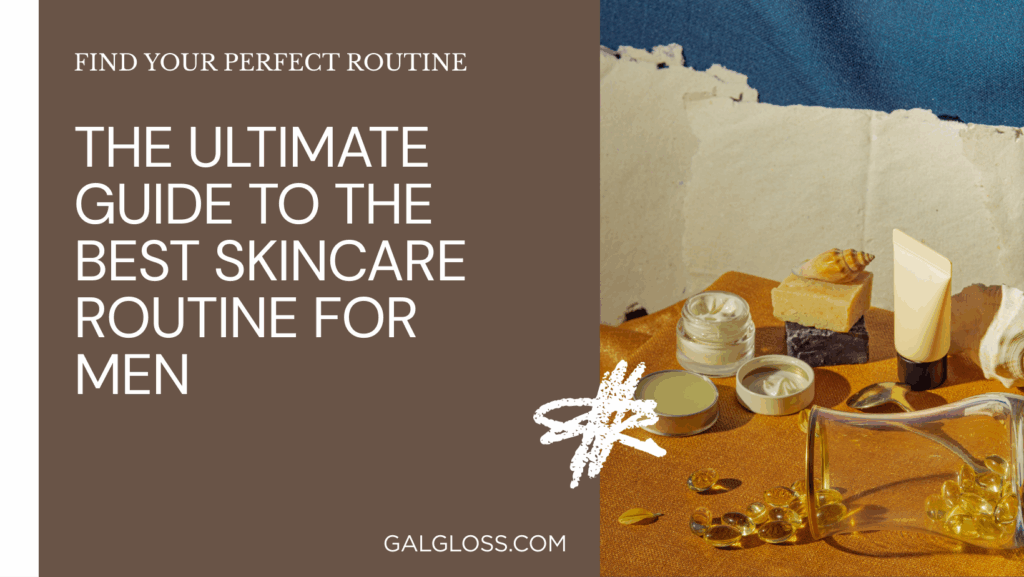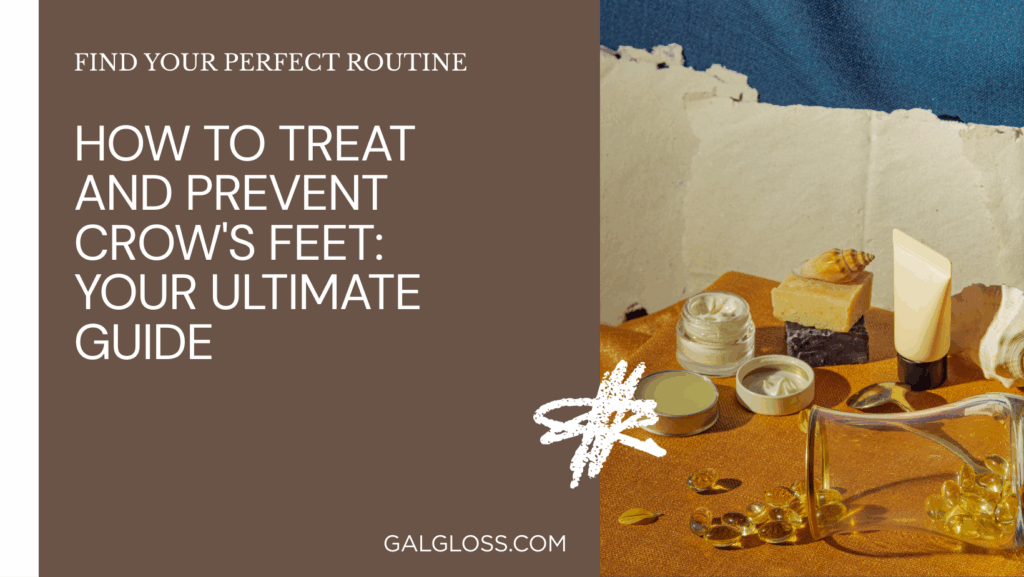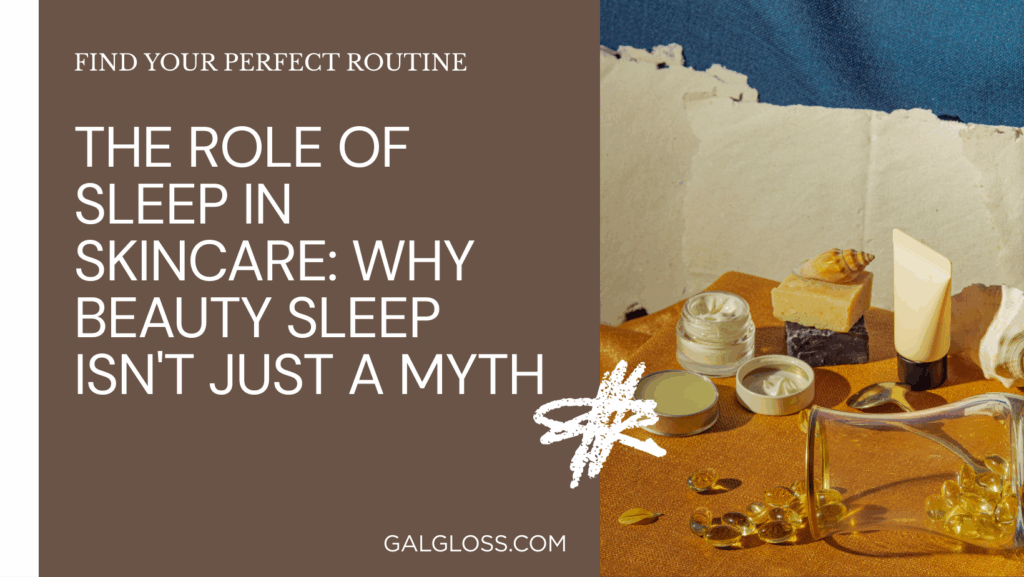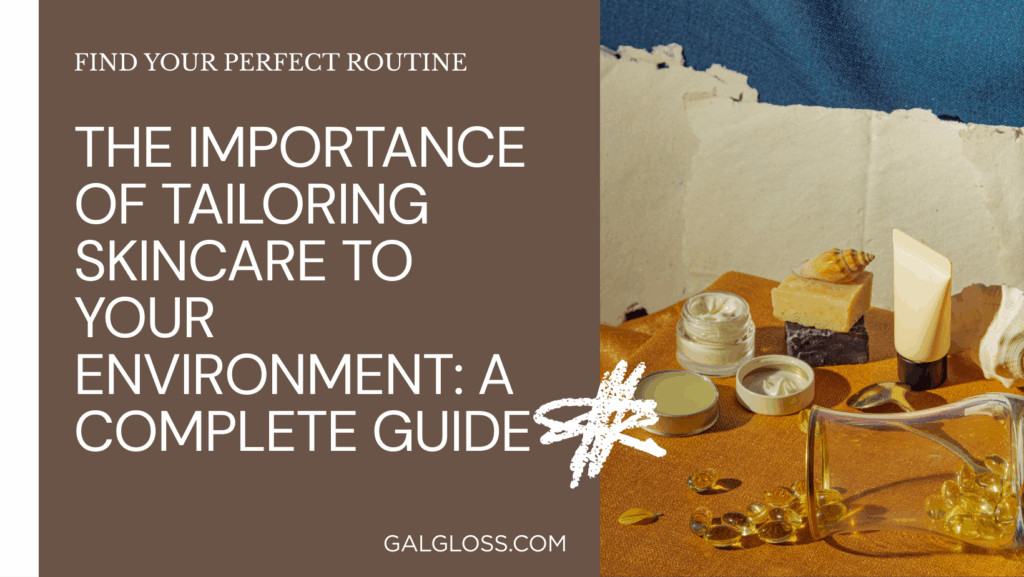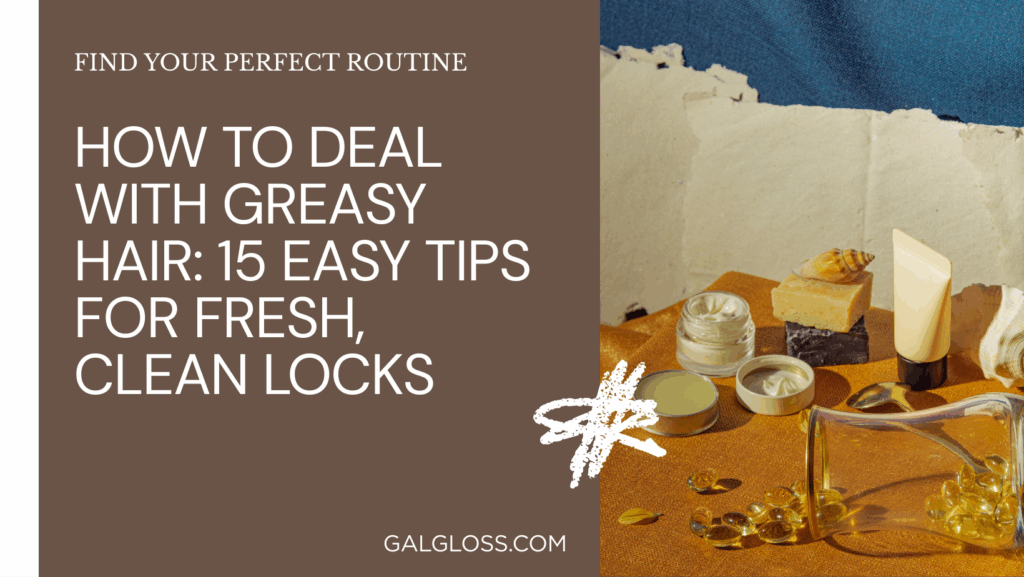Ever jumped out of the pool feeling like a mermaid, only to find your hair’s turned into seaweed? You’re not alone! Chlorine might be a superhero for keeping pools clean, but it’s often a villain for our locks. Don’t worry, though – I’ve got your back (and your hair)!
In this guide, we’ll dive deep into everything you need to know about shielding your precious strands from chlorine’s clutches. Whether you’re a competitive swimmer, a casual pool-goer, or just someone who loves a good splash, you’ll find tips and tricks to keep your hair healthy, strong, and chlorine-free.
Understanding Chlorine’s Impact on Hair
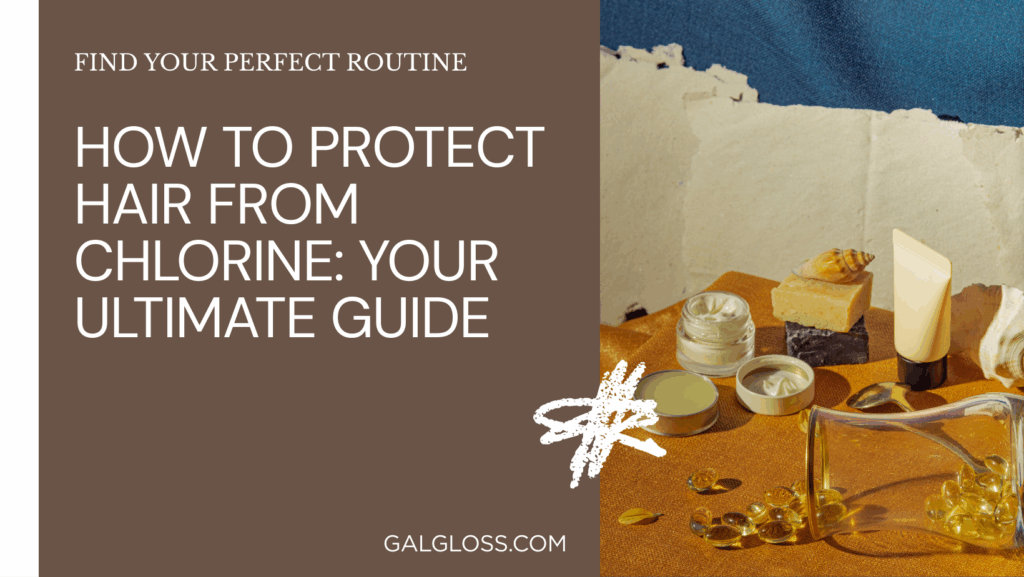
Before we jump into protection strategies, let’s talk about why chlorine is such a hair hazard.
What’s the Deal with Chlorine?
Chlorine is like that overzealous cleaning lady who doesn’t know when to stop. It’s great at killing bacteria and keeping pools safe for swimming, but it doesn’t discriminate between bad bacteria and your hair’s natural oils.
When you take a dip, chlorine strips away these protective oils, leaving your hair:
- Dry and brittle
- Prone to breakage
- Discolored (hello, green hair!)
- More porous and susceptible to damage
It’s like your hair goes through a mini chemical warfare every time you swim. Yikes!
Signs Your Hair is Crying for Help
How do you know if chlorine’s wreaking havoc on your hair? Look out for these telltale signs:
- Dryness and frizziness
- Brittleness and easy breakage
- Change in texture (bye-bye, silky smooth!)
- Discoloration (especially for blondes – green is not the new black)
- Scalp irritation
If you’re nodding along, thinking, “That’s me!”, don’t panic. We’re about to turn this ship around!
Pre-Swim Protection Techniques
The best defense is a good offense, right? Here’s how to prep your hair before you even dip a toe in the pool:
- Wet Your Hair: Think of your hair like a sponge. If it’s already full of clean water, it can’t absorb as much chlorinated water. So, hit the shower before you hit the pool!
- Apply Leave-In Conditioner: This acts like a shield for your hair. Look for products with ingredients like shea butter or coconut oil for extra protection.
- Use a Swim Cap: It’s not just for competitive swimmers! A good quality silicone cap can be your hair’s best friend in the pool.
- Oil Up: Natural oils like coconut or olive oil can create a barrier between your hair and the chlorine. Just don’t go overboard – you don’t want to leave an oil slick in the pool!
Natural Remedies for Chlorine Protection
Mother Nature’s got your back when it comes to hair protection. Here are some natural remedies to try:
- Coconut Oil Hair Mask: Apply coconut oil to your hair about 30 minutes before swimming. It’s like giving your hair a protective hug!
- Apple Cider Vinegar Rinse: After swimming, mix equal parts water and apple cider vinegar. Use this as a final rinse to help restore your hair’s pH balance.
- Aloe Vera Treatment: Aloe vera isn’t just for sunburns! It can help soothe and protect your hair too. Mix aloe vera gel with a bit of water and apply it before swimming.
Best Hair Products for Chlorine Protection
The right products can make a world of difference. Here’s what to look for:
- Chlorine-Removal Shampoos: These specially formulated shampoos help remove chlorine buildup. Look for ingredients like vitamin C or sodium thiosulfate.
- Deep Conditioning Treatments: After swimming, treat your hair to a deep conditioning mask. Your thirsty locks will thank you!
- Leave-In Sprays with UV Protection: These do double duty, protecting your hair from both chlorine and sun damage.
Post-Swim Hair Care Routine
What you do after your swim is just as important as what you do before. Follow these steps:
- Rinse Immediately: As soon as you’re out of the pool, hit the showers. Rinse your hair thoroughly with clean water to wash out as much chlorine as possible.
- Use a Clarifying Shampoo: Once a week, use a clarifying shampoo to remove any chlorine buildup. Don’t overdo it, though – too much can strip your hair of its natural oils.
- Deep Condition: Follow up with a deep conditioning treatment to replenish moisture.
- Detangle Gently: Wet hair is more prone to breakage, so be gentle when combing out tangles. Use a wide-toothed comb and start from the ends, working your way up.
Long-Term Strategies for Swimmers
If you’re a regular swimmer, you’ll want to incorporate these strategies into your routine:
- Regular Trims: Get your hair trimmed every 6-8 weeks to prevent split ends from traveling up the hair shaft.
- Balanced Diet: What you eat affects your hair too! Make sure you’re getting plenty of protein, vitamins, and minerals.
- Limit Heat Styling: Your hair’s already dealing with enough stress from the chlorine. Give it a break from heat styling when you can.
- Use a Water Filter: If you swim in your own pool, consider using a water filter to reduce the amount of chlorine needed.
FAQ: Your Burning Questions Answered
Q: How often should I wash my hair if I swim regularly? A: It depends on how often you swim and your hair type. Generally, rinsing after every swim and washing 2-3 times a week with a gentle, sulfate-free shampoo is a good rule of thumb.
Q: Can chlorine really turn my hair green? A: Yes, it can! But it’s not actually the chlorine that does it. The green color comes from copper in the water oxidizing on your hair. Blonde hair is more susceptible to this green tinge.
Q: Is it safe to use chlorine-removal products daily? A: While these products are generally safe, using them daily can be harsh on your hair. Stick to using them 1-2 times a week, and use a gentle, moisturizing shampoo on other days.
Q: What’s the best way to protect colored hair from chlorine? A: Colored hair needs extra TLC. Always wet your hair before swimming, use a leave-in conditioner, wear a swim cap, and rinse thoroughly after swimming. Consider using a color-protecting shampoo and conditioner as well.
Q: Can I still protect my hair if I forget my swim cap? A: Absolutely! Wet your hair with clean water, apply a leave-in conditioner, and tie your hair in a braid or bun to minimize exposure. Just remember to rinse thoroughly after swimming.
The Science Behind Chlorine and Hair
Let’s get a bit nerdy for a moment. Chlorine is an oxidizing agent, which means it can break down the proteins in your hair. Your hair is made up of a protein called keratin, which gives it strength and structure.
When chlorine oxidizes these proteins, it can lead to:
- Weakening of the hair shaft
- Changes in hair texture
- Increased porosity (which makes your hair more vulnerable to damage)
- Stripping of natural oils (leaving your hair dry and brittle)
Understanding this process can help you appreciate why protection is so important!
Beyond the Pool: Other Water Hazards
While we’ve focused on chlorine, it’s worth noting that other types of water can also affect your hair:
- Saltwater: Can be drying, but is generally less damaging than chlorine
- Hard Water: Can leave mineral deposits on your hair, making it feel rough
- Hot Tub Water: Often contains more chemicals than pool water and can be extra harsh
The good news? Many of the protection strategies we’ve discussed work for these water types too!
Conclusion: Dive In with Confidence!
Protecting your hair from chlorine doesn’t have to be a chore. With these tips and tricks up your sleeve, you can enjoy your time in the pool without worrying about your locks.
Remember, the key steps are:
- Prep your hair before swimming
- Protect it while in the water
- Show it some love afterward
By incorporating these habits into your swim routine, you’ll be able to maintain healthy, beautiful hair no matter how much time you spend in the pool.
So go ahead, make a splash! Your hair can handle it now. And who knows? With your new chlorine-fighting superpowers, you might just become the mermaid (or merman) you’ve always dreamed of being – gorgeous hair and all!
Happy swimming, and here’s to hair that looks as good out of the water as it does diving in!
